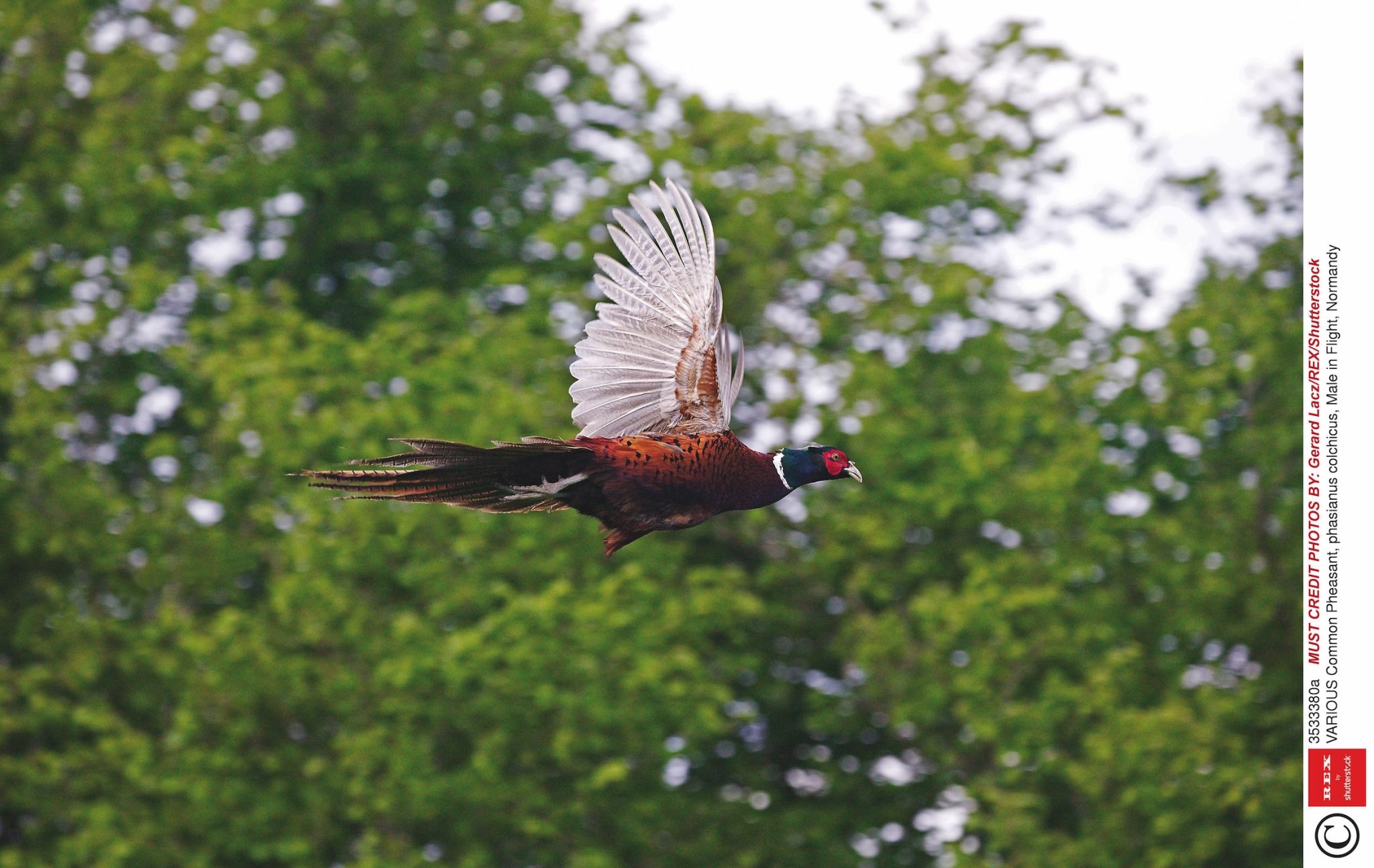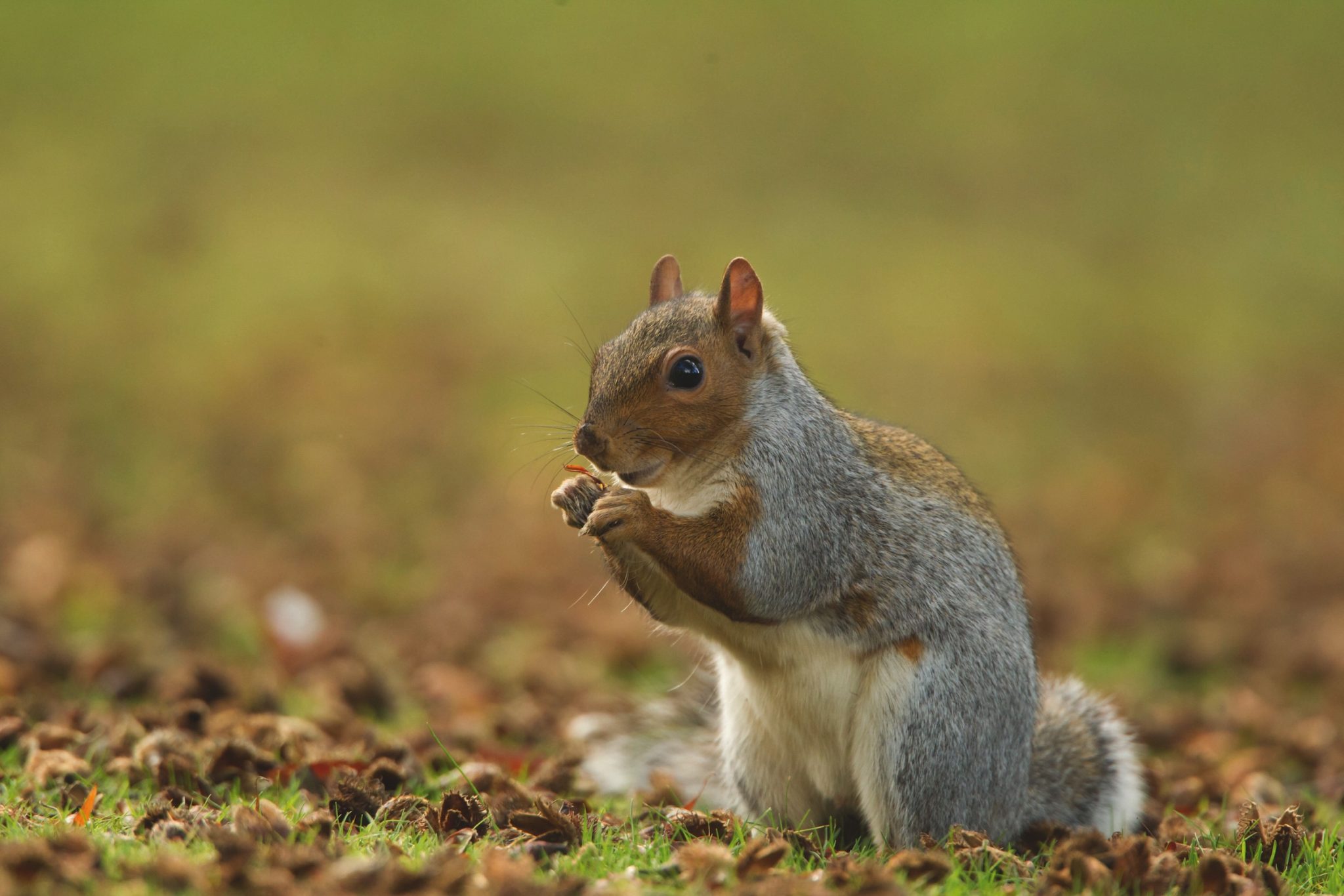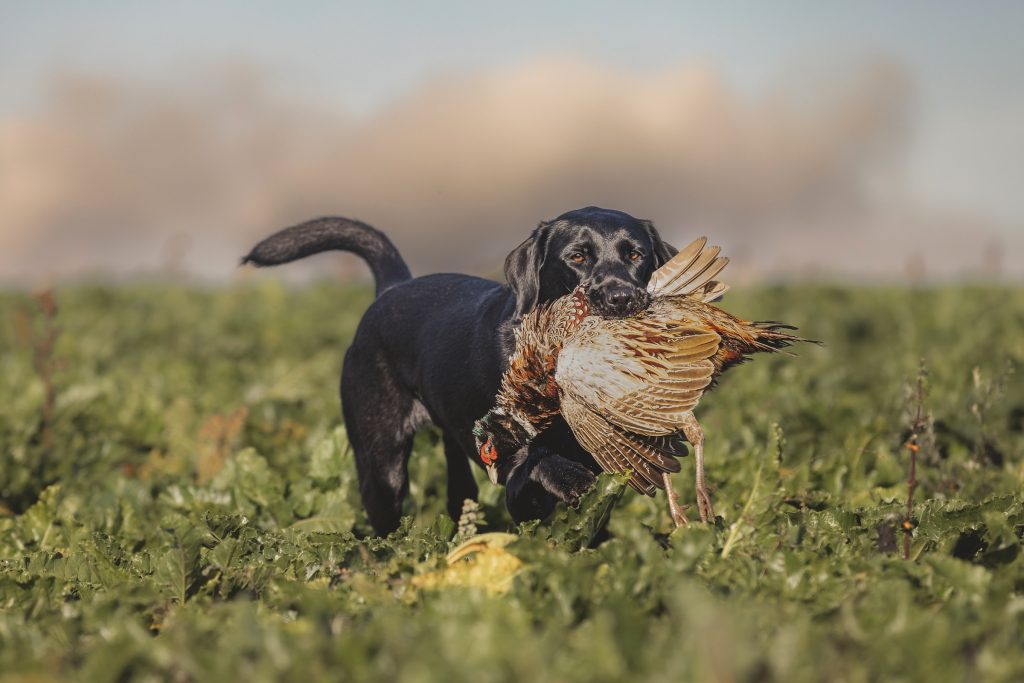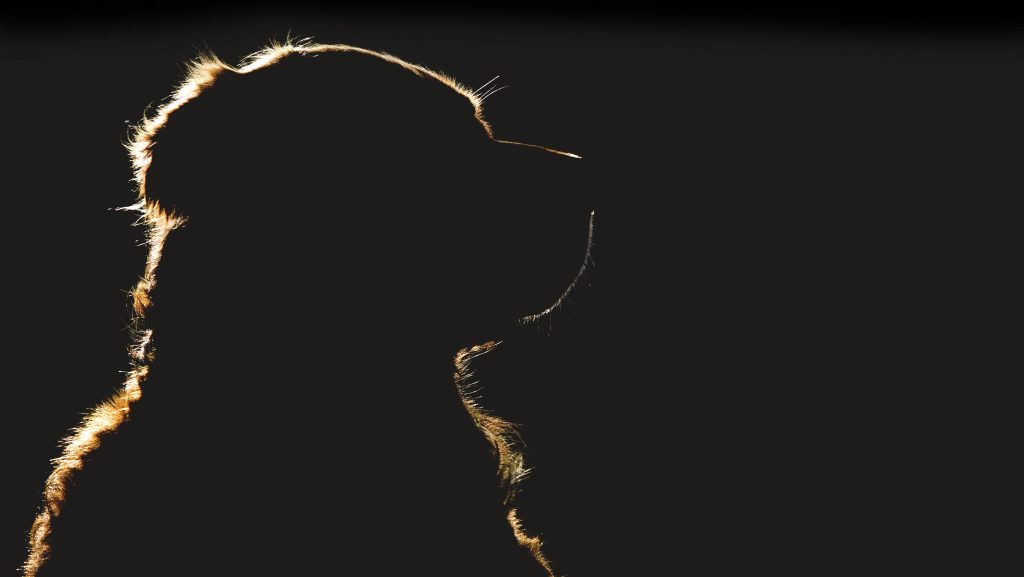Win CENS ProFlex DX5 earplugs worth £1,149 – enter here
Clumber spaniels – a genuine gundog breed
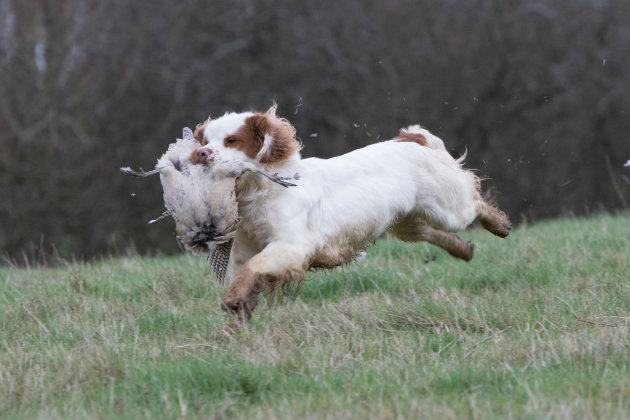
During 2015 there were 217 Clumber spaniel puppies registered in Britain.
Compare this with 10,500 springer spaniels and 22,500 cocker spaniels registered and you will realise that this is not a common breed.
Historic theory
The breed’s history is uncertain before the middle of the 19th century. One theory is that it originated in France, stating that the Duc de Noailles, at the time of the French Revolution, gave his kennel of prized spaniels to the Duke of Newcastle at Clumber Park in Nottinghamshire. The theory goes, that the now extinct Alpine spaniel was bred with basset hounds, and the Pyrenean mountain dog, also known as the Great Pyrenees. A second theory is that it is descended from the old type of Blenheim spaniel, which was later to be incorporated into the King Charles breed of spaniel. Originally King Charles were large gundogs, coloured lemon-and-white, whereas the modern breed of them is a much smaller toy breed of dog.
Prince Albert was a Clumber fancier
What is certain is that the breed took its name from Clumber Park and that the Duke of Newcastle’s gamekeeper, William Mansell, is credited with their development and improvement. Prince Albert, the Prince consort of Queen Victoria, was a fancier and promoter of the breed, as was his son King Edward VII, who bred them at the Sandringham Estate in Norfolk. The breed was shown in England from 1859 onward. They are referred to in Queen Victoria’s diary, on 16 October, 1840, she wrote: “Walked out directly after breakfast before Albert went to shoot. He had his seven fine Clumber spaniels with us and we went into the Slopes, with such a funny old Gamekeeper, Walters, in order that I should see how the dogs found out their game. They are such dear, nice dogs.”
Until the mid-19th century the breeding of the Clumber spaniel was mostly restricted to the nobility. During World War I breeding was stopped entirely, causing their numbers to decrease to a record low. In 1925, King George V redeveloped a line of Clumbers in the Royal Kennel, which were used in the fields in the Sandringham Estate.
Muscular yet active
The Clumber spaniel is currently recognised as a Vulnerable Native Breed by the UK Kennel Club, which means it is a breed with fewer than 300 new registrations each year. Although not the speediest of spaniels they were highly prized as game finders. In the early 20th century they were pre-eminent in field trials. They are strong, muscular and powerful, yet active. From working lines, the dogs weigh from 55lb to 70lb and bitches from 45lb to 60lb. The coat is white with lemon or orange head markings, abundant and straight, with feathering around the legs. They have a steady reliable character, are stoical, great-hearted and highly intelligent and are known for being silent workers with excellent noses.
The breed was kept going during World War II and the post-war years by show breeders (who continue to dominate) while the breed did not enjoy sufficient support from working owners. This is now changing and the Working Clumber Spaniel Society (WCSS) formed in 1984 is the force behind the breed’s revival as a genuine gundog bred for the field.
Record day
The origin of the Newbottle Manor Clumber day can be traced to an offer by the owner of the estate, Mr John Townsend to James Darley, the founder of the WCSS, in a wood near Bath in November 1982, during a working test. In the 30-plus years since the first Newbottle Clumber day, with an average of maybe 10 or 12 dogs, owners at every level of experience have enjoyed a relaxed day in the field followed by a welcome drink and lunch in the tapestried hall of the Elizabethan house. Over the years, the Townsend family have had a succession of Clumber spaniels and the latest, Lily, was heading off to be trained by Debbie and John Zurick of Sedgehurst Clumbers. In 2014, Lady Juliet Townsend, who was determined to be part of the breed’s revival in the field, sadly passed away and for the first time in 30 years the event was cancelled. A year later saw a record number of 24 Clumbers lined up on the front lawn of the manor ready for a day’s beating and picking-up.
The Guns were all invited guests of the family and shoot manager Eddie Gladdon was in charge of the beating line.
For 30 years or so, many a Clumber spaniel has had its first outing or first retrieve of warm game at Newbottle; others have proved their worth by flushing reluctant fliers or finding tricky runners. For those with errant dogs, it is a rare luxury not to be immediately identifiable, and in any case for imperfect control to be tolerated without a word. This little sporting estate is tucked away in a corner of the Cotswolds where the county of Oxfordshire meets the Bucks and Northants borders, and host to meets of foxhounds and bassets, it was made quite plain by John Townsend that this particular shoot day was very much about the dogs and was being run to offer both novice and experienced handlers and their dogs the opportunity to work in the shooting field.
Live conditions
The beating team headed off towards a small block of woodland and I had the chance to chat with James Darley of the Venaticus Kennels, who would be picking-up for the Guns. James had two young Clumbers with him and it was to be the dogs’ first time in the shooting field under live conditions. Venaticus Ivan is a particularly striking 16-month-old dog and during the second drive a pheasant was shot someway up a grass bank and the dog clearly had a good mark, but the drive had only just started so it was some time before the horn sounded and the dog could get his retrieve.
One of the biggest criticisms of the Clumber is that it is slow and cumbersome, but over the years I have seen plenty of these large white spaniels that have plenty of drive and athleticism and as Ivan came back with a dead pheasant he showed pace and style. James was particularly pleased with the dog as this was his first warm, freshly killed bird. James also has another bitch from the same litter, Venaticus Isabella, who is the most advanced: she won a minority breeds field trial, her first entry, the day after she was 15 months old. The beating team were also showing that the Clumber can be a very useful dog on any shoot, they hunt in a methodical manner and their physical size and strength help them to push through and over any cover. It is said that their scenting ability is superb which is a real bonus when game is scarce and the dogs certainly didn’t lack stamina. Although the bag was quite modest at 15 head, that was almost irrelevant as the main purpose of the day had been achieved, a record turnout of this native vulnerable gundog breed had shown that there is still a place in the shooting field for the largest of the spaniel breeds and that there is a dedicated group of owners that continue to work tirelessly to maintain and improve the dogs working attributes.
Related Articles
Get the latest news delivered direct to your door
Subscribe to Shooting Times & Country
Discover the ultimate companion for field sports enthusiasts with Shooting Times & Country Magazine, the UK’s leading weekly publication that has been at the forefront of shooting culture since 1882. Subscribers gain access to expert tips, comprehensive gear reviews, seasonal advice and a vibrant community of like-minded shooters.
Save on shop price when you subscribe with weekly issues featuring in-depth articles on gundog training, exclusive member offers and access to the digital back issue library. A Shooting Times & Country subscription is more than a magazine, don’t just read about the countryside; immerse yourself in its most authoritative and engaging publication.



